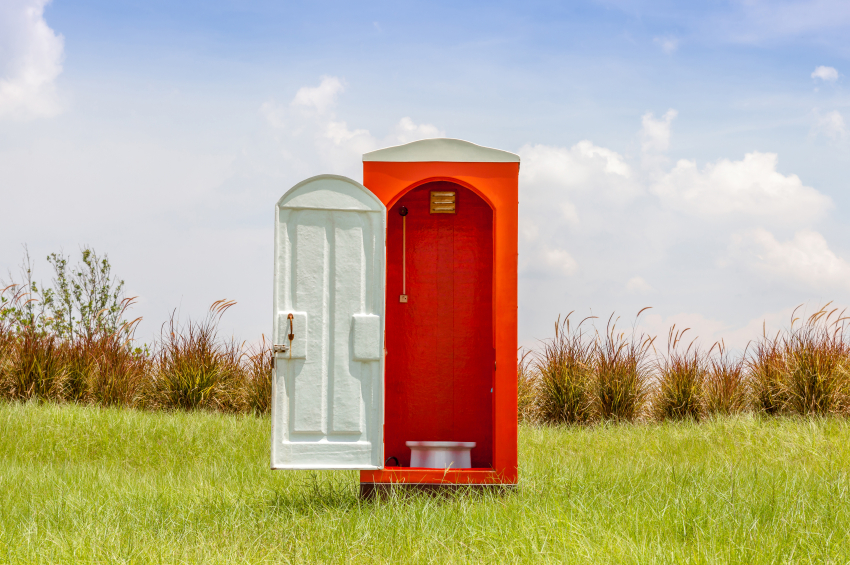
|
The good news is that OSHA considers compliance with its restroom standards on a case-by-case basis—because that’s how cases like these have to be addressed.
Mobile Work Crews
Whether they’re carrying the mail, picking up medical samples, or marking utility installations, many workers leave the work location in the morning and don’t return until the end of their shift. These workers need to have restroom facilities available during the workday. If they’re coming and going from locations with public restrooms, like office buildings or medical facilities, you may not have much cause for concern. But what if they are largely working in and around private residences—like mail carriers and meter readers? Or, what if they are in remote locations, like utility workers?
Industrial Hygiene Essentials for Protecting Workers and Ensuring Legal Compliance. This on-demand webinar will teach you how to minimize industrial hygiene risks in your workplace today! Click here to purchase!
OSHA’s sanitation standard (20 CFR 1910.141(c)) does not apply to mobile work crews or to locations that are normally unattended—but like many exceptions in the OSHA standards, it requires an alternate form of compliance. These workers must have “transportation immediately available to nearby toilet facilities which meet the other requirements” of the standard. Thus, employees who are members of mobile crews, or who work at normally unattended locations, must be able to leave their work location “immediately” for a “nearby” toilet facility. For these workers, you may need to identify available toilet facilities near their work routes that are available for their use.
Construction Workers
There is a separate standard for construction worksites, found at 29 CFR 1926.51(c)(1). Under that standard, employers must provide toilets as required by Table D-1, which is reproduced below.
| Number of employees | |
| 20 or less | 1 toilet seat |
| 20 or more | 1 toilet seat and 1 urinal per 40 workers |
| 200 or more | 1 toilet seat and 1 urinal per 50 workers |
The construction standard includes the same exception for mobile work crews as the general industry standard.
Industrial Hygiene: The Fundamental Building Blocks for Improving Your EHS Program. Don’t miss this in-depth webinar covering the basics of managing industrial hygiene. Our presenter will teach you how to identify in-house or outsourced solutions to industrial hygiene challenges. Click to purchase this on-demand webinar today!
Field Workers
EOSHA has a separate sanitation standard for agricultural employers, at 29 CFR 1928.110(c). It requires that one toilet facility and one handwashing facility be provided for each 20 employees or fraction thereof, and that the toilet facilities be located no more than a quarter mile from the location where employees are working. The requirements in this standard are more detailed than the requirements found in either the general industry or construction standards, including requirements for construction, maintenance, and stocking of toilet facilities.
Need more help to keep your workers healthy? That’s where the resources you’ll find at Safety.BLR.com come in.
